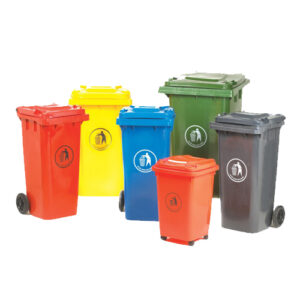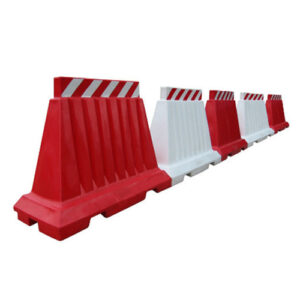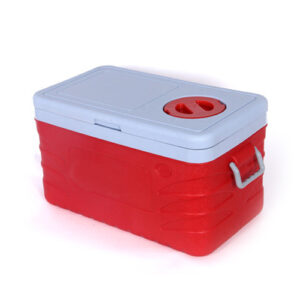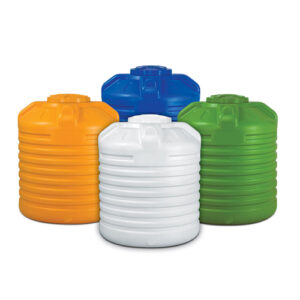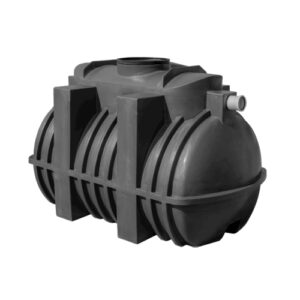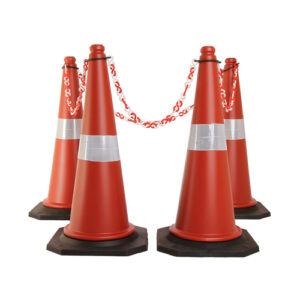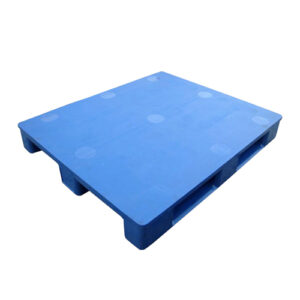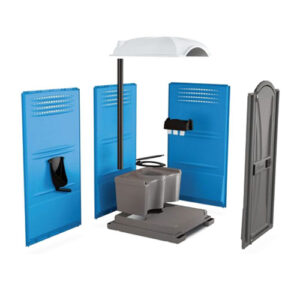Pulverized Rotomoulding Powder

Pulverized Rotomoulding Powder is a butene co-monomer based direct low thickness polyethylene (LLDPE) grade additive with cell fortifications and UV stabilizers. Things conveyed by these grades have a by and large amazing concordance between mechanical properties and ESCR resistance. They have incredible hardness and shows extraordinary processability.
The Pulverised Rotomoulding Powder has gone to the front in rotational trim applications, because of their excellent real properties (dumbfounding regular strain break resistance and impact execution) and straightforwardness of dealing with. Our butene based Pulverized Rotomoulding Powder is noticeably suitable for rotational adornment consequently.
Pulverized Rotomoulding Powder
| Packaging Size | 20 Kgs |
| Packaging Type | Bags |
| Physical State | Powder |
| Brand | rototech |
| Colour Availability | Red, Sea Green, Yellow, Blue, Blue Tone, Black, White, Grey, Custom |
| Applications | Traffic Cone, Underground Tank, Mobile Portable Toilet, Ice Box, Septic Tank, Exhibition Tool Box, Playground Equipments, Truck, Mudguard, Kayak, Refrigeration System, Fish Box, Tractor Hood, Ice Box, Fuel Tank, Insulated Box, Tractor Interior, Marine Buyos,Road Barrier, Plastic Dustbins, Plastic Pallets, Water Tanks, |
| Grade Standard | Technical Grade |
| Usage | Industrial |
| Density | 0.939 gm/cm3 |
| Melt Flow Rate (MFR) | 3.8 gm/10 min |
| Tensile Strength Yield | (210) (20.5) (2975) (kg/cm2) (Mpa) (Psi) |
| Tensile Strength at Break | (120) (11.75) (1705) (kg/cm2) (Mpa) (Psi) |
| Storage | Bags should be stored in dry/closed conditions at temperature below 50 oC |
| Elongation at Break | 110% |
| Price | 100 Rupees to 180 Rupees Per Kilogram |
| Minimum Order Quantity | 500 Kilograms |
| Sample | Paid Sample Available |
| *Note: This is the Standard Technical Specification, It May Change based on End Product Applications & Custom Requirements | |
Consistent Quality Assurance
During the creation of Polyethylene (PE) a variety of stimulus and co-monomers can be used which also influence the properties of the PE. Butene (C4) comonomer is the most notable giving negligible cost, extraordinary mechanical properties and the most extensively used.
Rototech Industries is one of the principal producers, suppliers and exporters of Pulverised Rotomoulding Powder. This can be used in various applications as well. This product has a great deal of interest watching out.
Reliable Regulations
Our products meet the need indicated in standard marks on Specification for Polyethylene for safe use in contact with food, medications and drinking water.
We Attend To Your Custom Requirements
Unmistakable rotomoulding applications can require different grades of material for express execution essentials. We produce alter grades by escalating different materials, added substances and by changing the pulverizing judgments as required.
Safely Packaged And Easy To Transport
The pack arrangement is revamped to ensure key solace while dealing with. The packs are separate with powder cluster nuances on 2 sides which ensure paying little heed to how it is stacked. It is straightforward for clients to recognize the material. Packs should be taken care of in dry/shut conditions at a temperature under 50 ℃. Exactly when filled it happens as expected of the box that ensures basic managing while at the same time stacking and unloading on stacks/beds. Being proceeded automated squeezing lines ensures clear weight, spillage check close by extraordinary sogginess deterrent.
Grades Detail
Grades Specifications | Grade Name | |||||
RototechR36I45 | RototechR39I38 | |||||
Specimen Type | ||||||
Parameter | Standard | UOM | Compression Molded | Rotomolded | Compression Molded | Rotomolded |
MFI | ASTM D1238 | gm/10 min | 4.5 | 3.8 | ||
Density | ASTM D 1505 | gm/cm3 | 0.936 | 0.939 | ||
Recommended PIAT * | In-lab StdPrc * | oC | 190 oC | 190 oC | ||
Tensile Strength at Yield | ASTM D638 | (kg/cm2) (Mpa) (Psi) | (180) (17.5) (2540) | (185) (18) (2610) | (215) (21) (3050) | (210) (20.5) (2975) |
Tensile Strength at Break | ASTM D638 | (kg/cm2) (Mpa) (Psi) | – | (120) (11.75) (1705) | – | (120) (11.75) (1705) |
IZOD Impact Strength | ASTM D256 | Kg.cm/cm | 25 | 22 | ||
ARM Low Temperature | ARM Standard (3.17mm @ -40 oC/oF) | (J/mm) (ft/lbs) | – | (22) (80) | – | (22) (80) |
Flexural Modulus At 1% Strain | ASTM D790 | (kg/cm2) (Mpa) (Psi) | (6000) (590) (85575) | (2300) (225) (32630) | (9000) (880) (127625) | (2300) (225) (32630) |
Elongation at Yield | ASTM D638 | % | 20 | 14 | 15 | 12 |
Elongation at Break | ASTM D638 | % | 600 | 165 | 350 | 110 |
ESCR | ASTM D1693 | Hrs | 350 | 350 | 300 | 300 |
*PIAT For moulding oven temperature was 300 oC and cube mould of size 175mmx175mmx175mm was moulded with wall thickness of 3.17mm.
Available Colours

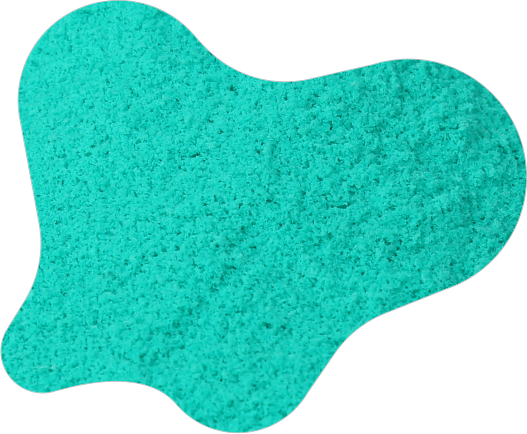
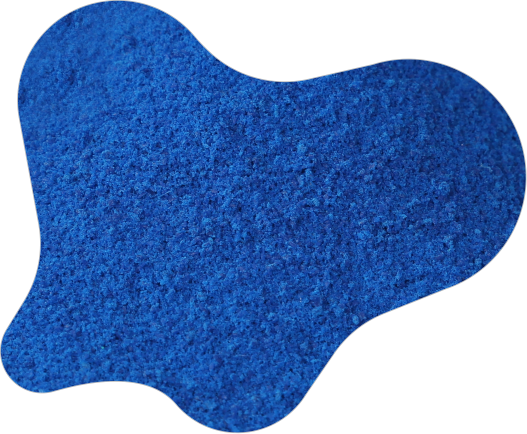

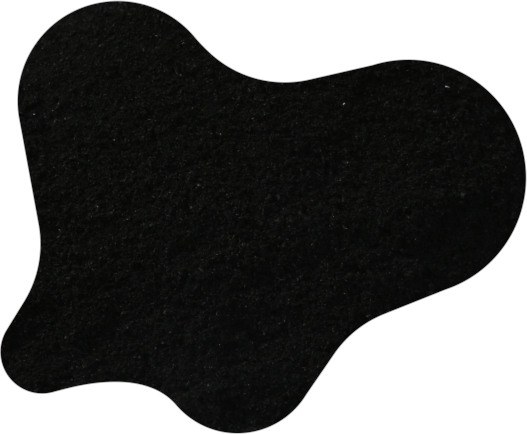
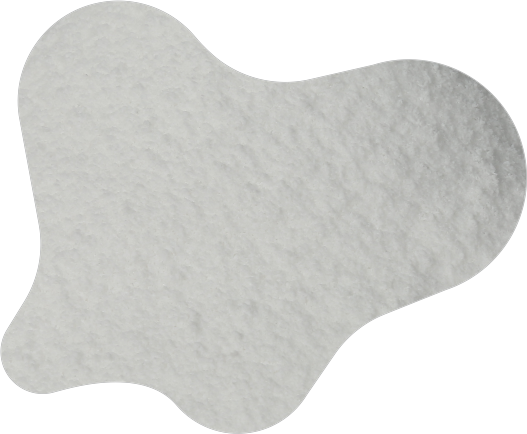
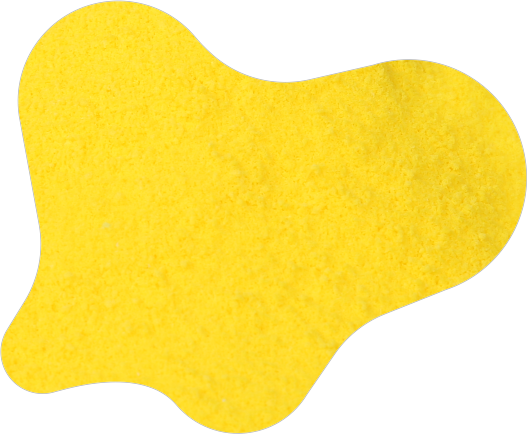

Note: We can also make the custom powder based on your requirements.
FAQs
What is Pulverized Rotomoulding Powder?
Pulverized Rotomoulding Powder is Linear Low-Density Polyethylene (LLDPE) powder that has been finely ground through pulverization for use in rotational molding (rotomoulding). This process ensures uniform particle size and enhances flowability, fusion, and surface finish in the final molded product.
What is the difference between Pulverized Rotomoulding Powder and Granules?
Pulverized Powder:
- Fine particle size (200-500 microns).
- Better distribution in the mold.
- Faster melting and fusion.
Granules:
- Larger particle size (1-5 mm).
- Requires additional pulverization before use.
- Slower melting and fusion.
What is the significance of particle size in rotomoulding powder?
Ideal particle size: 200-500 microns.
Smaller particles (≤200 microns) → Improve surface finish but may increase air entrapment.
Larger particles (≥500 microns) → Enhance structural strength but may cause poor fusion.
What is the pulverization process in rotomoulding powder production?
Pulverization is a size reduction process where LLDPE granules are ground into fine powder using:
Cryogenic Pulverization – Uses liquid nitrogen (LN₂) for brittle grinding.
Ambient Pulverization – Uses rotating disc mills for mechanical grinding.
What are the key technical properties of Pulverized Rotomoulding Powder?
| Property | Typical Value | Standard |
| Base Polymer | LLDPE (Linear Low-Density Polyethylene) | – |
| Density | 0.918 – 0.939 g/cm³ | ASTM D792 |
| Melt Flow Index (MFI) | 3-7 g/10 min (190°C, 2.16 kg) | ASTM D1238 |
| Bulk Density | 0.35 – 0.45 g/cm³ | – |
| Particle Size Distribution | 200-500 microns | ASTM D1921 |
| Impact Strength | Good (Varies by formulation) | ASTM D256 |
What is the importance of Melt Flow Index (MFI) in Pulverized Powder?
MFI (Melt Flow Index) measures the flowability of the molten polymer.
Low MFI (3-5 g/10 min) – Higher impact strength, suitable for thick-walled products.
High MFI (6-7 g/10 min) – Better flowability, ideal for thin-walled products.
What are the common applications of Pulverized Rotomoulding Powder?
Industrial Tanks – Chemical storage, water tanks.
Automotive Components – Fuel tanks, dashboards.
Household Items – Dustbins, storage boxes.
Leisure & Playground Equipment – Slides, toys.
How does the bulk density of the powder affect rotomoulding?
Higher bulk density (≥0.45 g/cm³) → Faster settling in the mold, reduces air entrapment.
Lower bulk density (≤0.35 g/cm³) → Ensures better flowability, helps in complex mold designs.
What is the recommended processing temperature for Pulverized Rotomoulding Powder?
180°C – 230°C (Varies based on polymer grade).
Dwell time depends on part thickness.
Cooling rate must be controlled to prevent warping.
Does Pulverized Rotomoulding Powder require additives?
Yes, additives improve performance and durability:
UV Stabilizers (HALS – Hindered Amine Light Stabilizers) → UV protection for outdoor use.
Impact Modifiers → Increase toughness.
Antioxidants (AO – Antioxidant Additives) → Prevents thermal degradation.
Flame Retardants (FR – Flame Retardant Additives) → For fire-resistant applications.
How does cooling rate impact the final product?
Fast cooling → Causes warping and shrinkage.
Controlled cooling → Improves dimensional stability.
Water spray cooling → Helps in uniform solidification.
What are the different grades of Pulverized Rotomoulding Powder?
General Purpose Grade – Standard LLDPE-based powder for common applications.
UV-Stabilized Grade – Contains HALS for outdoor durability.
Flame-Retardant Grade – Includes FR additives for fire resistance.
Antimicrobial Grade – Embedded with biocides to prevent microbial growth.
What factors affect the flowability of the powder?
Particle size distribution – Uniform particles flow better.
Moisture content – High moisture causes clumping.
Bulk density – Higher density improves powder movement.
How does moisture affect Pulverized Rotomoulding Powder?
Absorbed moisture causes clumping and poor flow.
Leads to defects like pinholes and bubbles in the final product.
Proper storage in dry conditions is necessary.
How does particle shape impact performance?
Spherical particles → Flow better, reduce air entrapment.
Irregular particles → May cause uneven melting and defects.
Can Pulverized Rotomoulding Powder be used for multi-layer molding?
Yes! It is suitable for:
Double-layer tanks → Inner layer for food-grade safety, outer layer for UV resistance.
Foamed structures → Lightweight products with high strength.
What are the quality control measures for Pulverized Powder?
Particle Size Analysis – Ensures consistency.
MFI Testing – Confirms flow properties.
UV Stability Tests – Determines outdoor durability.
Impact Resistance Tests – Assesses strength.
How should Pulverized Rotomoulding Powder be stored?
Store in dry, cool conditions to prevent moisture absorption.
Use airtight containers to maintain quality.
Avoid direct sunlight to protect UV-sensitive grades.
What are the challenges in using Pulverized Powder for rotomoulding?
Moisture absorption → Causes molding defects.
Powder segregation → Affects uniformity.
Excessive fine particles → Leads to air entrapment.
How does Pulverized Rotomoulding Powder compare to standard rotomoulding powder?
| Feature | Pulverized Powder | Standard Powder |
| Particle Size | 200-500 microns | Granules (1-5 mm) |
| Fusion Rate | ✅ Faster | ❌ Slower |
| Surface Finish | ✅ Smoother | ❌ Less refined |
| Flowability | ✅ Higher | ❌ Lower |
| Processing Efficiency | ✅ Better | ❌ Requires pre-grinding |
